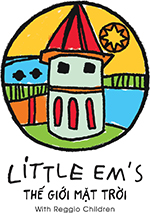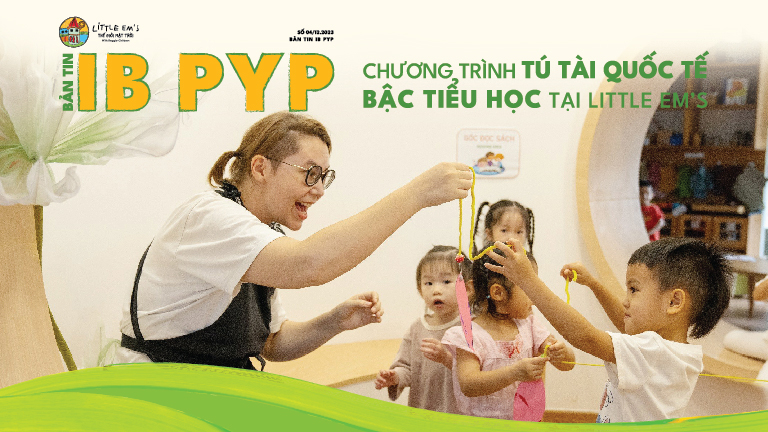It has been raining these days. While the adults hurriedly sought shelter, children at Little Em’s Pre-school happily run outside to watch the rain.
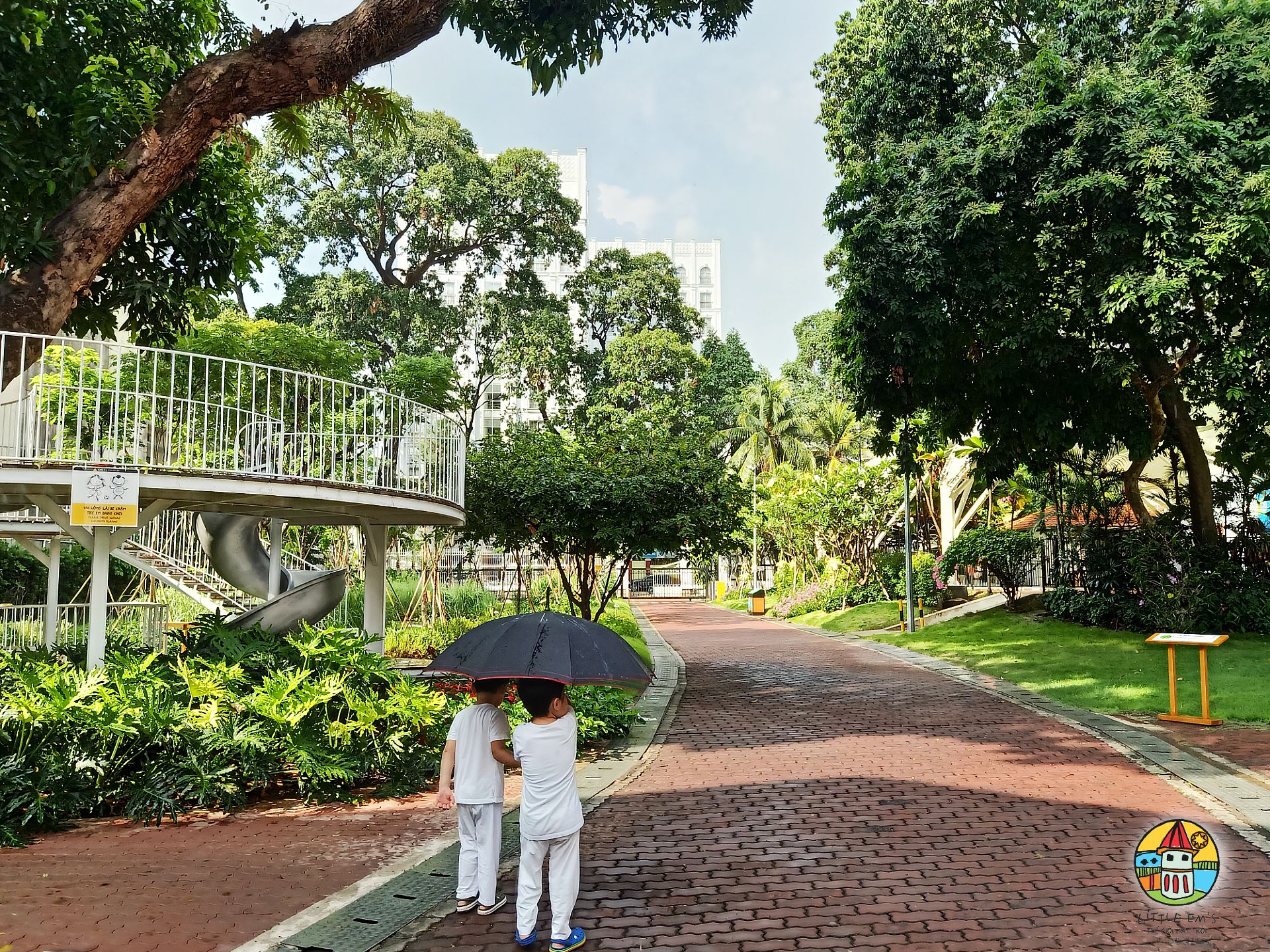
Saigon in August was cooled as lovely rains. There’s unexpected rain, then stopped after a brief so that the children could make the best of passing moments to feel and have fun with it.
Carrying colorful umbrellas, the children wandered in the garden observing the flowers, plants, nature and the surrounding scenery looks like through the rain.
Happiness was continuously spread around via little hands rising up to catch sparkling raindrops, to touch the glittering leaves in the garden or tiny feet treading in puddles reflecting clouds above. The children also listened to the melodious sounds of rain and were then startled to realize that the scent of rain (petrichor) was so pleasant and peaceful.
Little do you know that both rain and sunshine are different shades of the weather. Sometimes it rains just like a little child running around in the garden.
Sometimes the rain will continue for a long time, from early morning to the afternoon.
And when it rains, thousands of questions are raised: Where did the rain come from? What causes rain? Why does rain come with lightning and thunder? Why do plants look happy when it rains?
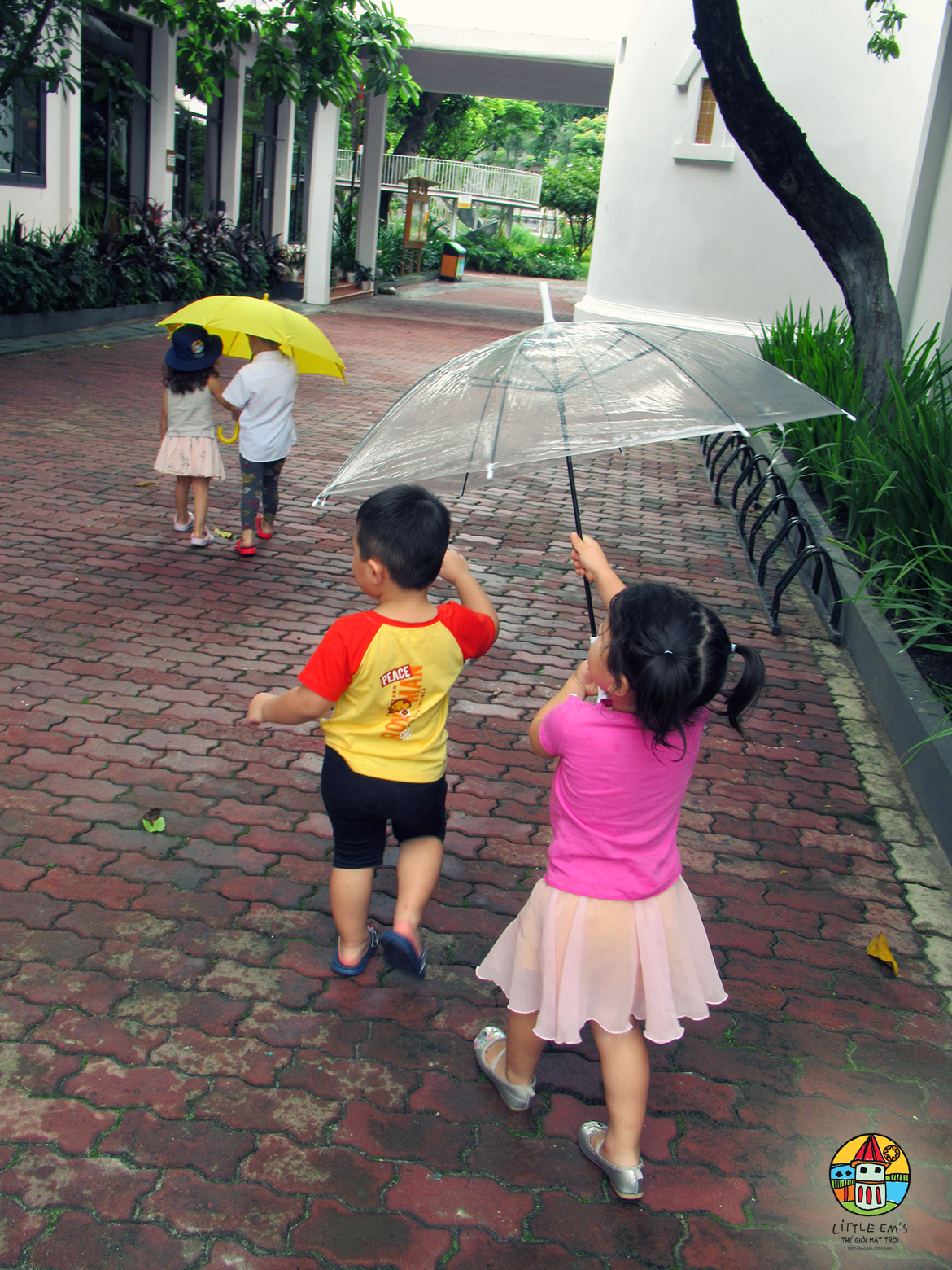
The artistic souls of the children is brought to life by exploring the natural world. Vincent Van Gogh once said that nature and the artist had an inseparable relationship. Nowhere did he find as much inspiration, peace, and consolation as in the natural world: “If I felt no love for nature and my work, then I would be unhappy” (1888).
Nature would inspire children to be creative in various arts such as architecture, literature, music, painting, or science such as physics, maths, geography, biology, chemistry.
The rhythm of rains could be the beat of a song playing in a child’s head.
The shape of the water bubble could be a falling crown on the ground, shining in a child’s mind.
After a short spell rain, the children were able to tell amazing stories about the snail family’s reunion and separation.
The process of the artist includes deep observation and contemplation of nature and natural phenomena. From Fibonacci sequences to the Golden ratio, patterns appear everywhere in nature.
Deeper observation also gave “the little humans” an understanding of the fundamental laws that govern the processes of the world we live in, leading them toward wider views of the universe.
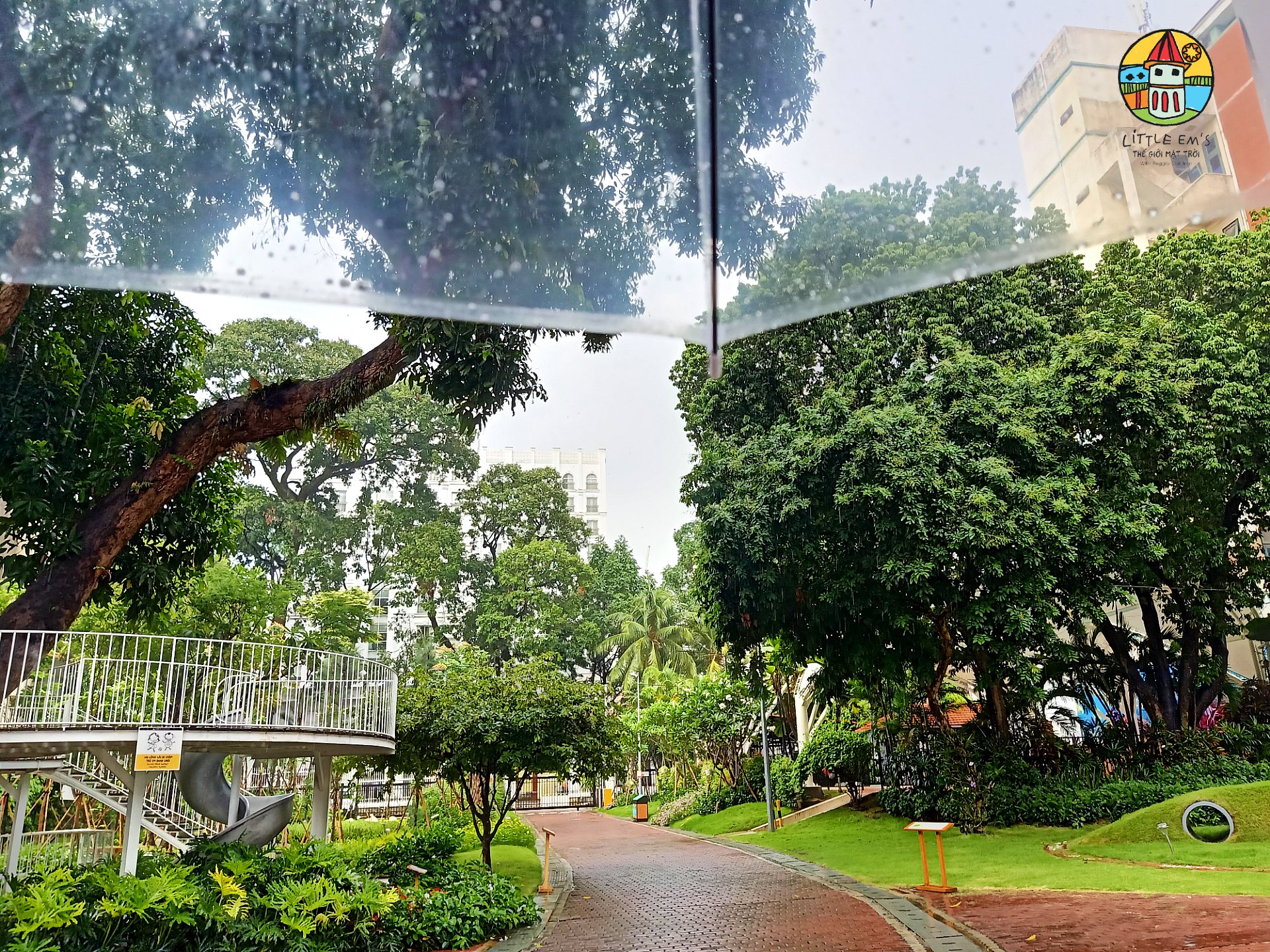
Albert Einstein stated, “the most beautiful thing we can experience is the mysterious. It is the source of all true art and science.” Placing children in the process of artistic and scientific is a way of showing respect for their abilities, providing them with opportunities for discovery.
There are infinite possibilities presented by nature, and the only tools children have are their senses, some hints from teachers to explore and discuss together, including individuals and groups – characteristics of Reggio pedagogy.
The question can come suddenly, like finding a worm after rain and wanting to figure out how the worm can cross flooded roads to get home.
Unexpected encounters like that have enriched everyone’s learning and creativity experience, reinforcing a commitment to ensuring children’s rights to a healthy development through experiences outdoor life.
